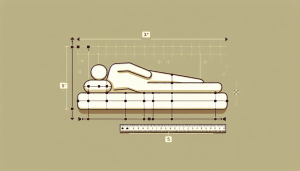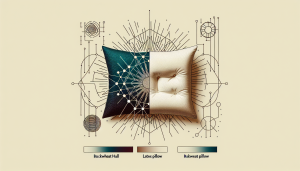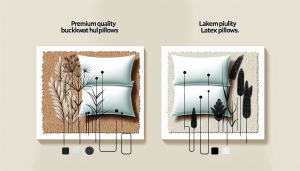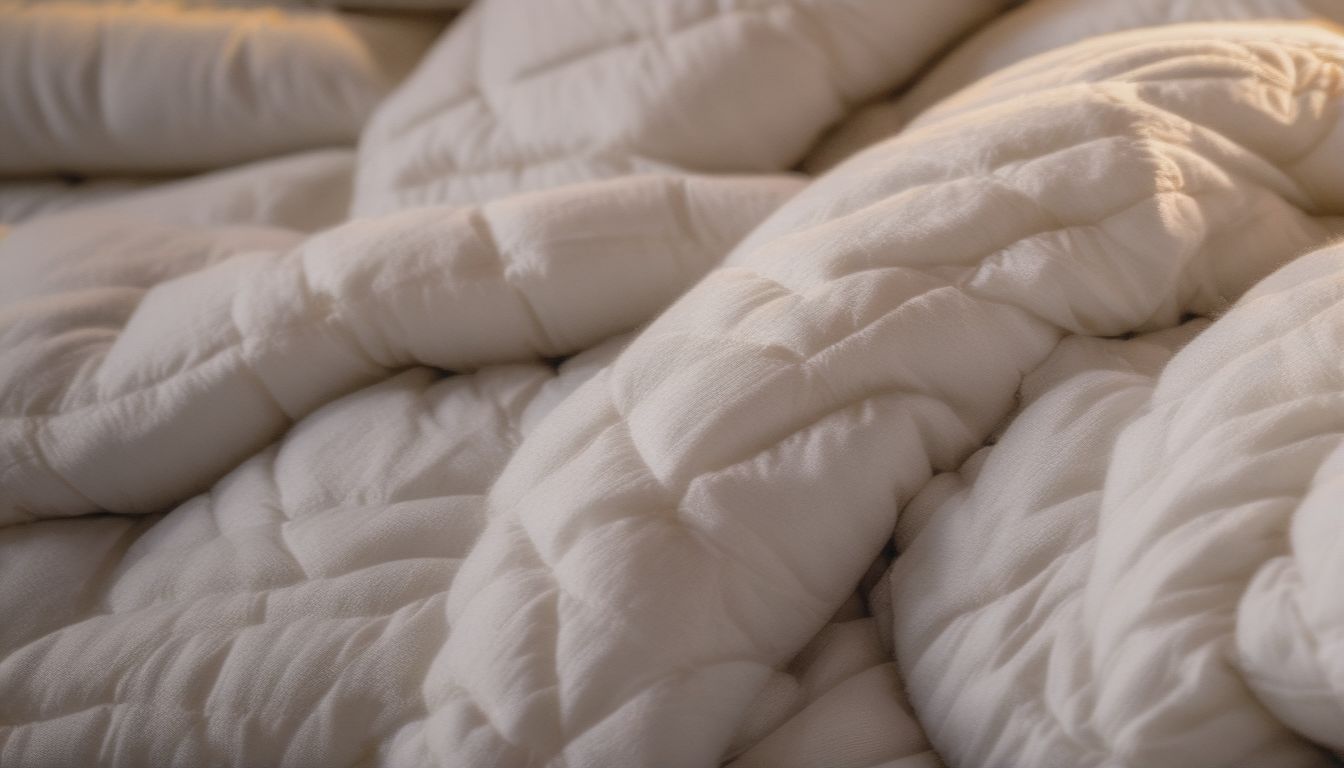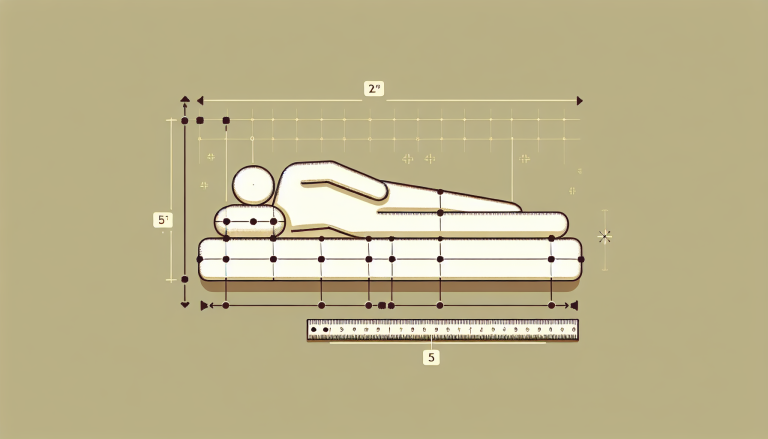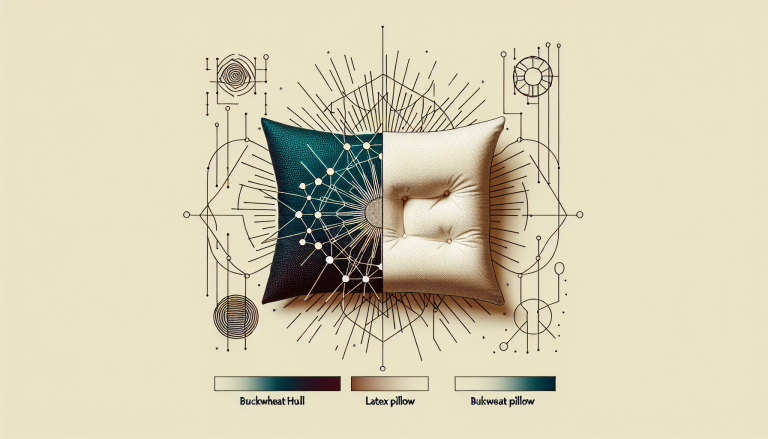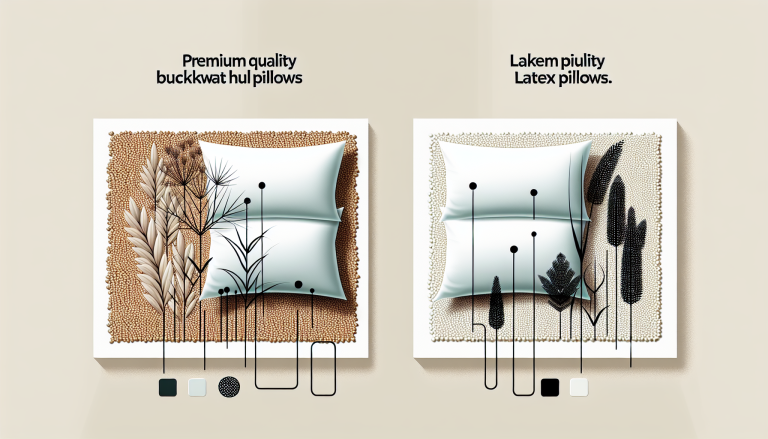Are you in the market for a new comforter but feeling overwhelmed by all the options? Down comforters are a popular choice for their unparalleled warmth, fluffiness, and breathability. In this comprehensive guide, we’ll break down everything you need to know to choose the perfect down comforter for your needs and budget. From fill power and construction to ethical sourcing and care instructions, we’ve got you covered.
What is a Down Comforter?
A down comforter, also known as a duvet insert, is a type of bedding filled with the soft, insulating undercoat of ducks or geese. Down comforters are prized for their exceptional warmth-to-weight ratio, breathability, and loft. They come in various weights and warmth levels, making them suitable for year-round use.
Benefits of Down Comforters
- Warmth: Down clusters trap air, providing excellent insulation and warmth.
- Breathability: Down allows moisture to escape, preventing overheating and promoting a comfortable sleep environment.
- Fluffiness: High-quality down comforters have a luxurious, cloud-like feel that many people find comforting.
Types of Down
- Goose down: Generally considered the highest quality, goose down is larger and more insulating than duck down.
- Duck down: More affordable than goose down, duck down still provides excellent warmth and comfort.
Factors to Consider When Choosing a Down Comforter
Fill Power and Loft
Fill power is a measure of the down’s quality and insulating ability. Higher fill powers (600+) indicate larger, more insulating down clusters. Loft refers to the comforter’s fluffiness and height. Higher fill powers usually result in greater loft and warmth.
Construction
- Baffle box: Fabric walls separate the down into boxes, allowing it to reach its full loft and eliminate cold spots.
- Sewn-through: The top and bottom of the comforter are sewn together, creating a thinner, less lofty comforter.
Shell Material
The comforter’s outer fabric, or shell, can affect its feel, durability, and breathability. Common materials include:
- Cotton: Soft, breathable, and easy to care for.
- Bamboo: Eco-friendly, moisture-wicking, and naturally hypoallergenic.
- Polyester: Affordable and durable, but less breathable than natural fibers.
Weight and Warmth
Down comforters come in various weights to suit different climates and personal preferences:
| Weight | Warmth Level | Best For |
|---|---|---|
| Lightweight | Cool | Hot sleepers, summer use |
| All-season | Moderate | Year-round use in most climates |
| Ultra-warm | Warm | Cold sleepers, winter use |
Ethical Sourcing and Sustainability
Look for certifications like the Responsible Down Standard (RDS) and OEKO-TEX to ensure the down is sourced humanely and the comforter is free from harmful substances. Some brands also use recycled materials for a more eco-friendly option.
Top Down Comforter Brands and Models
Saatva Down Alternative Comforter
- Materials: 100% organic cotton shell, hypoallergenic down alternative fill
- Temperature regulation: Breathable and moisture-wicking
- Care instructions: Machine washable and dryable
- Price: $155 – $235
Brooklinen Down Alternative Comforter
- Fluffiness and loft: Plush and cloud-like feel
- Warmth levels: Lightweight and all-season options
- Hypoallergenic: Ideal for allergy sufferers
- Price: $159 – $219
Layla Down Alternative Comforter
- All-season versatility: Suitable for year-round use
- Fill distribution: Baffle box construction for even fill
- Noise and shedding: Minimal rustling and shedding
- Price: $149 – $229
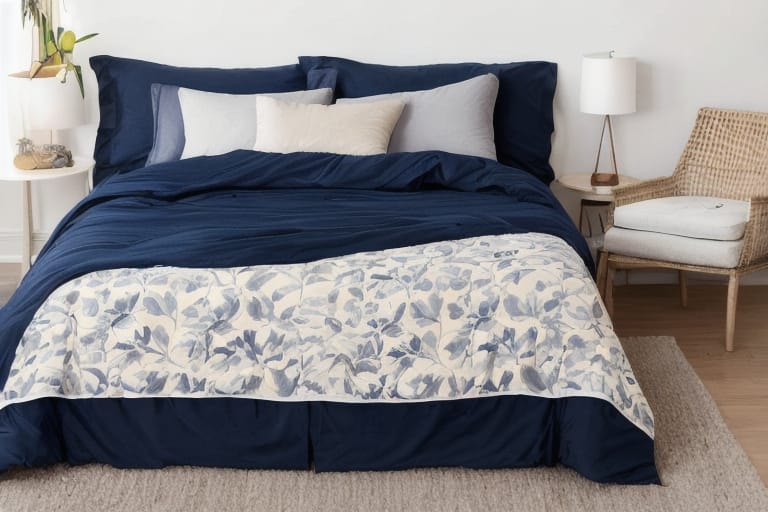
Down vs Down Alternative Comforters
| Factor | Down | Down Alternative |
|---|---|---|
| Warmth retention | Excellent | Good |
| Hypoallergenic | No | Yes |
| Durability | Long-lasting | Shorter lifespan |
| Ethical concerns | RDS-certified down is ethical | No animal welfare concerns |
Caring for Down Comforters
- Washing: Wash every 1-2 years in a large capacity washer on a gentle cycle with mild detergent.
- Drying: Dry on low heat with wool dryer balls to prevent clumping and restore loft.
- Storage: Store in a breathable cotton bag in a cool, dry place.
Budget-Friendly Down Comforter Options
Utopia Down Alternative Comforter
- Affordability: Under $50 for all sizes
- Materials: Brushed microfiber shell, siliconized fiberfill
- Customer reviews: 4.5 stars with 10,000+ ratings
- Price: $29 – $49
Luxury Down Comforter Splurges
Cozy Earth Bamboo Comforter
- Lightweight and breathable: Ideal for hot sleepers
- Sustainable materials: 100% viscose from bamboo shell, RDS-certified down fill
- Temperature regulation: Moisture-wicking and temperature-regulating properties
- Price: $369 – $469
Down Comforters for Couples
Dual Comforters (Cuddledown)
- Separate warmth zones: Each partner can choose their preferred warmth level
- Fill power options: 600-fill and 700-fill power duck down
- Sizes and dimensions: Twin, Full, Queen, and King sizes available
- Price: $299 – $599
Certifications and Ethical Sourcing
- Responsible Down Standard (RDS): Ensures down is sourced from humanely treated ducks and geese.
- OEKO-TEX: Certifies that the comforter is free from harmful substances.
- Cruelty-free: Some brands use down alternatives or recycled down for a cruelty-free option.
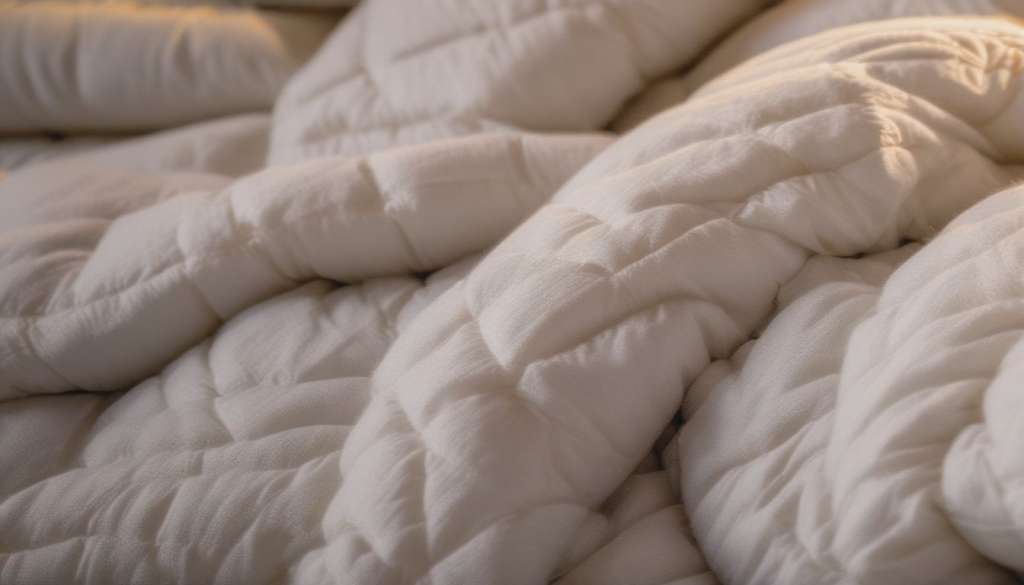
Conclusion
Choosing the perfect down comforter involves considering factors like fill power, construction, shell material, warmth level, and ethical sourcing. By understanding these key elements and exploring top brands and models, you can find a comforter that suits your needs and budget. Remember to care for your comforter properly to ensure lasting comfort and quality sleep.
FREQUENCY ASKED QUESTIONS
- What is the best fill power for a down comforter?
- A fill power of 600 or higher is considered high quality and provides excellent insulation and loft.
- How often should I wash my down comforter?
- Down comforters should be washed every 1-2 years to maintain freshness and fluffiness. Use a mild detergent and dry on low heat with wool dryer balls.
- Are down alternative comforters as warm as down comforters?
- While down alternative comforters can provide good warmth, they may not match the insulating power and breathability of natural down.
- What is the difference between a duvet insert and a comforter?
- A duvet insert is designed to be used with a removable duvet cover, while a comforter is a standalone bedding item. However, the terms are often used interchangeably when referring to down comforters.
- How do I choose the right warmth level for my down comforter?
- Consider factors like your personal temperature preferences, room temperature, and local climate. Lightweight comforters are best for hot sleepers or summer use, while ultra-warm comforters are ideal for cold sleepers or winter use. All-season comforters offer versatility for year-round comfort.

